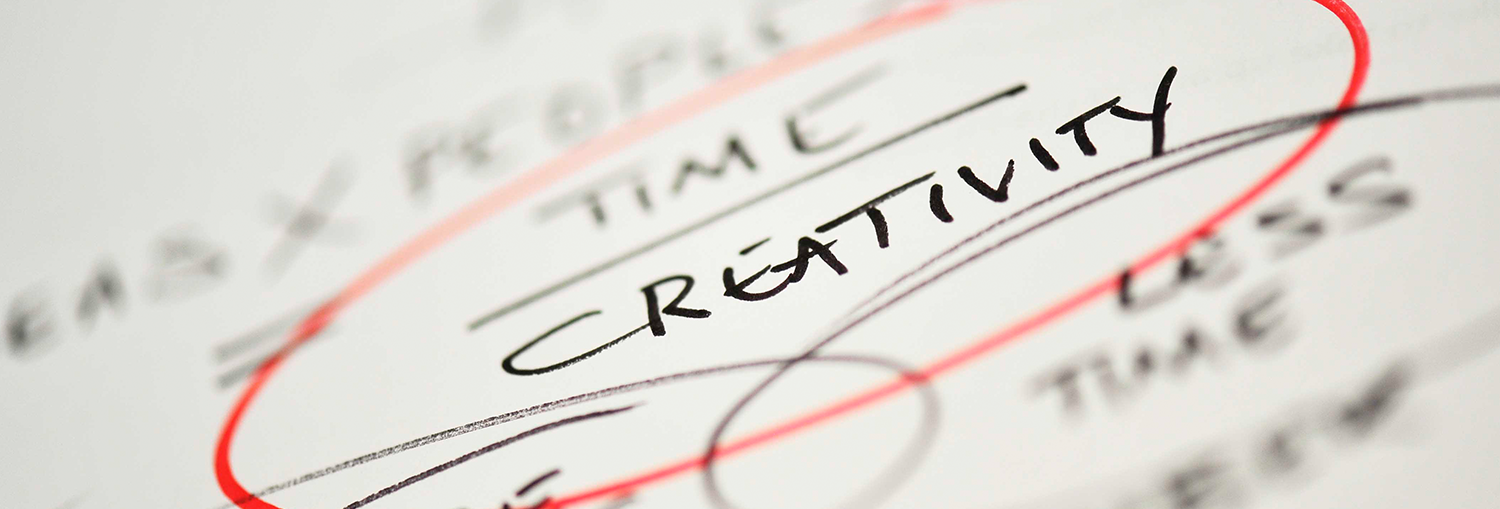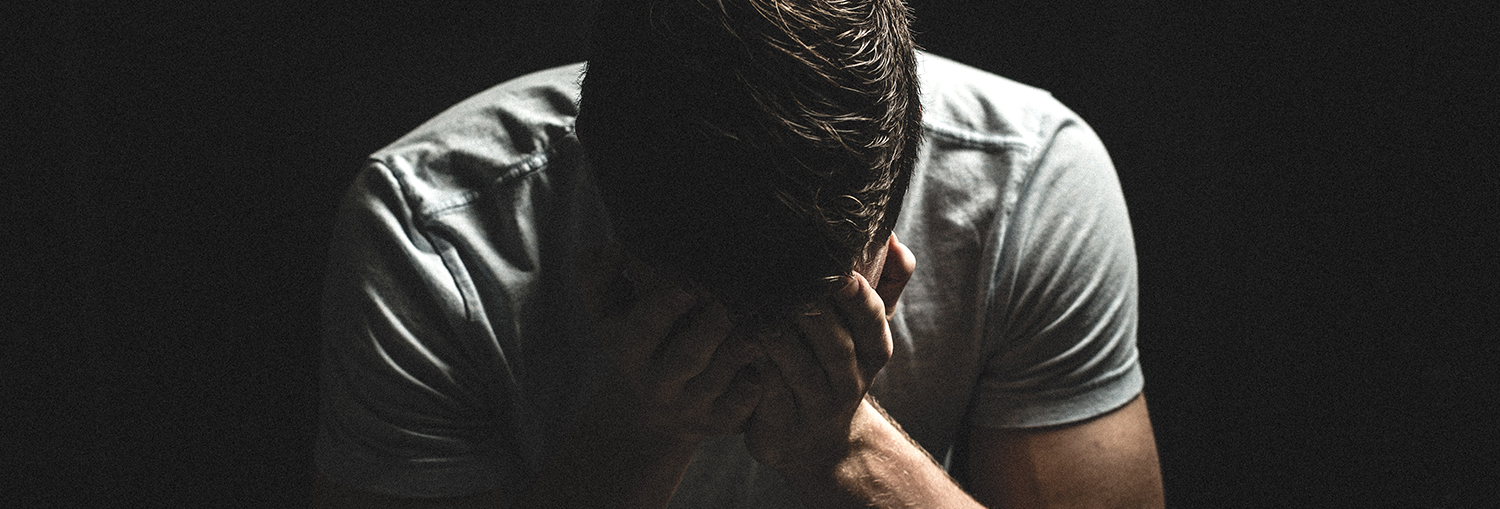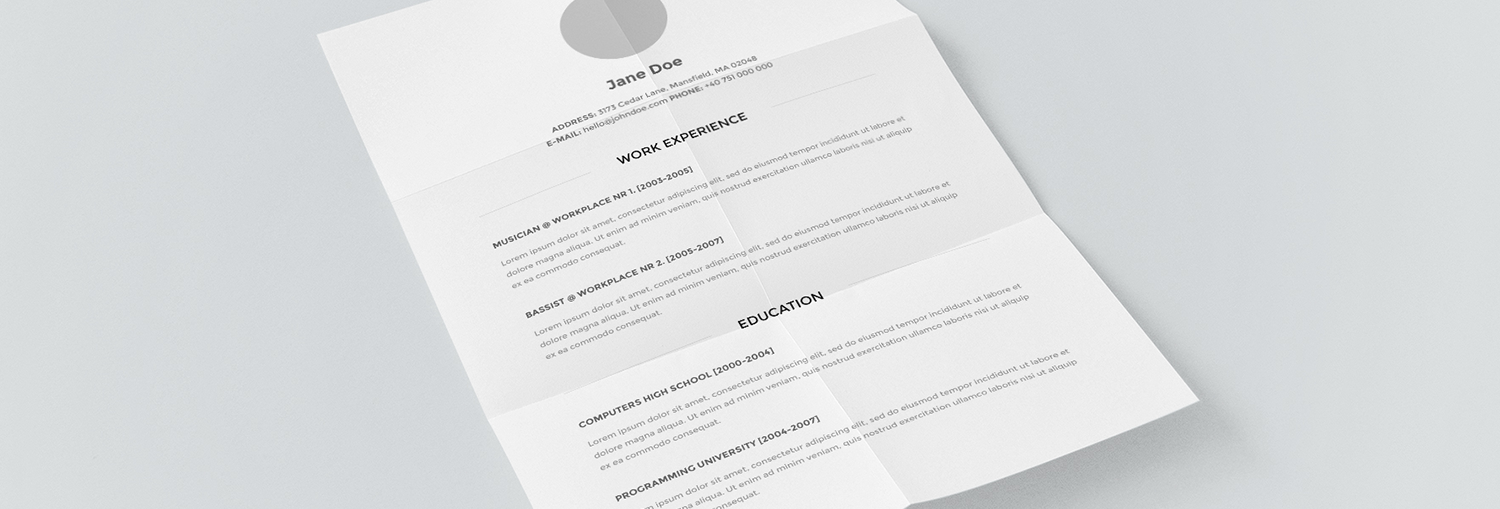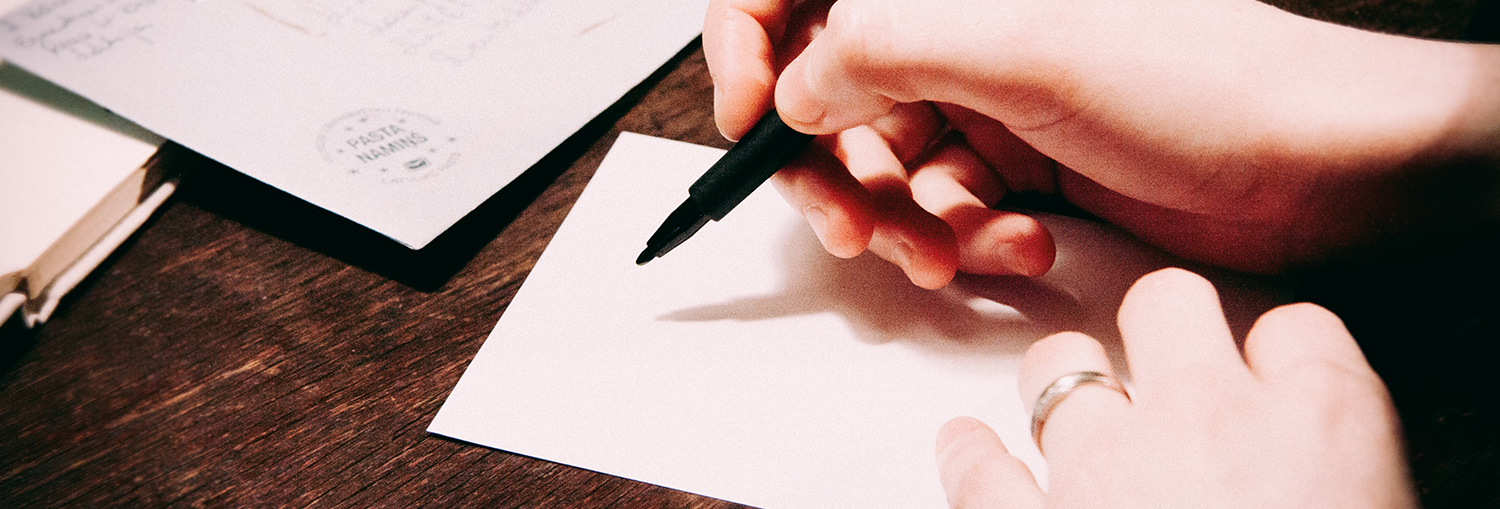Design is a process, it goes something like this:
problem/need > idea > development > solution
But how many of us apply a process to this process? Not many I reckon. I've written extensively on process and offered ways of getting you the designer to work in a way that allows maximum creativity in a minimum amount of time (allowing you even more time to be creative). Below is what I think is the best proces to tackle any graphic design project.
Good question this. Realistically, I think this may take a few blog posts to give a comprehensive answer to this very broad question. So Part 1 it is, not sure how many parts it will take...
I'm going to assume here that you are at school or college. I do not know may toddlers who have expressed an interest in graphic design, my three year old son will occasionally crayon on the wall, but I see this as tagging rather than any other form of typographic inclination. So let's assume you are at school and thinking a job in graphic design might be for you.
The modern portfolio is presented on a tablet or laptop and is little more than the PDF an applicant sent in with their CV or the website they point employers to.
That's fine, but we are in a creative industry and competition is massive. How could you stand out in a crowd? Could your portfolio be as creative as the work in it? It should be.
I wrote this for a presentation to international design buyers for the British Council. I think there is some useful stuff in here, I hope you do too.
If you commission any design services for the British Council, take a look at this list of questions below, they may help.
Possibly the worst headline ever written, but I think you will get my jist.
When you start your new job as a graphic designer, web designer or any job in the creative sector, you will usually be on a trial period or sometimes called a probation period. This sounds all very judgmental, but it is fairly standard in every industry.
Work experience in graphic design, in fact any design discipline, is to my mind, vital. Do as much as you can throughout your entire education and make it as varied as you can.
Before I got into university I did two weeks work experience at Thorson's publishing in Wellingborough. This was a far cry from the swanky London agencies I did work experience at later in my 'career'. But it was still useful. My job was to cut the covers of books with the titles '60 ways to improve your caravan' and 'What star sign is your cat?'. I had to stick these covers onto boards (called show cards) in 'a creative way'. Basically in a fan shape. I did this for two weeks. I was pretty good at it in the end. I didn't learn a lot about graphic design, I was in a studio, where real graphic designers were at work. I got to master a scalpel and Spray Mount.
CVs are jolly important if you want to work in administrative jobs. You could argue as I do, that they're less relevant when applying for a job in the creative industries. But they are still important.
Below are a few pointers to help you get your CV into shape. It does not matter if you are applying for a job in graphic design, as a web designer or in any other creative role. Us, as employers, look for the same things in a CV.
More and more agencies, whether that is web design or graphic design agencies, are waking up to the opportunities of apprenticeships. But as I write, it seems the vast majority of roles are in the administrative or project management roles.
Things will change, slowly but surely.








